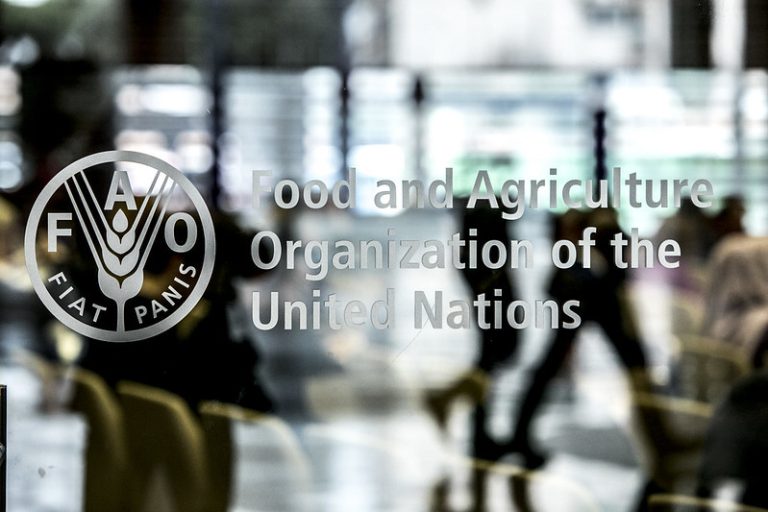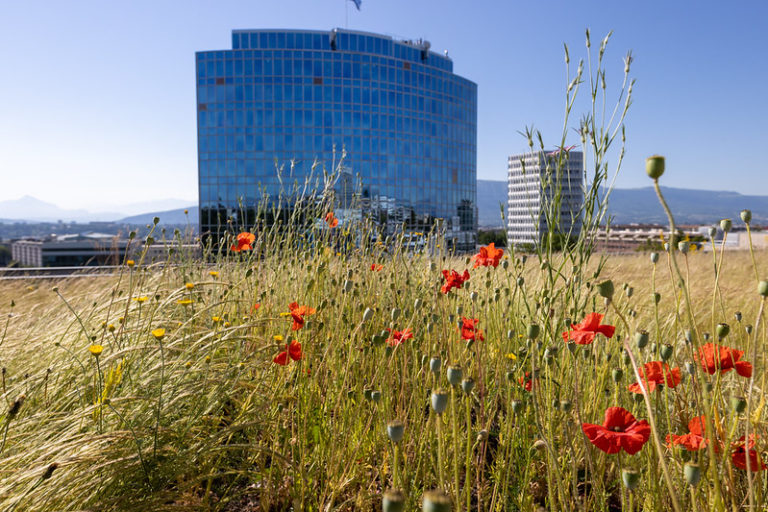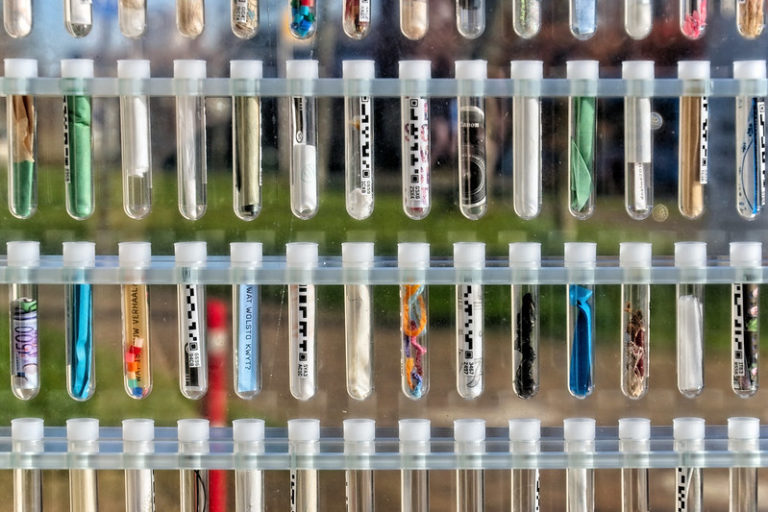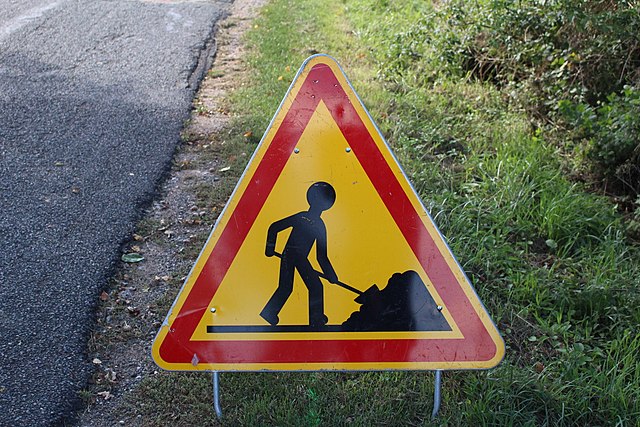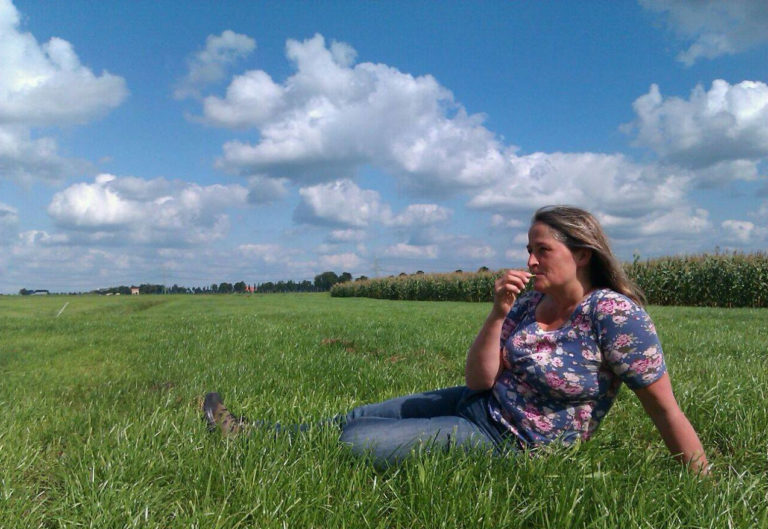Towards the seizing of the processes that are the core of life on Earth
This issue shows the complexity of intellectual property on plants and the take over of the agrochemical industry on vital biological processes, raising ethical, economic and philosophical concerns. Patents on GMOs/NGTs (New Genomic Techniques) threaten farmers and impact humanity’s food supply, accentuating expropriation, the risks of biopiracy and threats to global food sovereignty.

The various articles have highlighted the complexity of intellectual property on plants, its instability, its contradictions, its past and potential developments, and challenges. One thing is certain, however: since 1980, the field of patents on living organisms has expanded and deepened considerably. It now covers all living organisms, including the human species (see p.16). Subject to this competition, plant variety rights, which were originally a little more flexible, are also becoming stricter (see p.4-5). The consequences of this fundamental trend are manifold, and potentially very dangerous. They are expressed and intertwined in different dimensions: philosophical, scientific, institutional, geopolitical, economic…1
A reductionist perspective on life
A property right, whether intellectual or not, requires first and foremost the object to which the property relates must be clearly defined, its form specified and its nature determined. Without these requirements, legal disputes pile up, as shown by the example of the patent war over Crispr/Cas (see p.6). Plant varieties and animal breeds, and more generally all living organisms, do not possess these characteristics spontaneously, quite the contrary. In the case of plants, the varieties that make up a species form a continuum. By selecting a variety, the breeder arbitrarily sets a boundary between one variety and another. What’s more, in nature, plants are constantly evolving, as Lamarck and Darwin analysed in a slightly different way almost two centuries ago. So for the breeder, they need to be determined and prevented from evolving. These two characteristics make modern cultivated plant varieties eminently artificial objects. They have been sought since the beginning of the 20th century to meet the requirements of an increasingly industrial agriculture, and are codified in law, in particular by the DUS criteria (see p. 3 and p. 4-5).
To carry out DUS tests, the various phenotypic traits of a variety have been observed, precisely defined and measured, to make them comparable and decide what distinguishes one variety from another. With this vision, a plant is no longer an organic whole but a discontinuous catalogue of traits, a representation of nature cut into small pieces. The advent of molecular biology and genetics in the 1960s and 1970s, followed by their spectacular and exponential development since the 1970s, has provided powerful technical tools to facilitate this work of identifying and measuring, no longer the ‘variety’, but a few genetic traits that may be found in many plants of many varieties. The underlying scientific theory, however, is highly reductionist. The living organism is reduced to a ‘code’, a set of genes viewed in linear terms (in DNA). The multiple interactions between genes are generally ignored, as are the interactions between the organism’s genome and its environment (epigenetics). Scientists are only just beginning to admit this complexity, which makes it difficult to predict the traits and behaviour of an organism that has been genetically modified. Hence the dangers associated with these manipulations: contrary to what is said, not everything is ‘under control’.
From a more philosophical point of view, this perspective leads us to consider nature in a mechanical way, in an engineering vision where everything can be tinkered with. As Erwin Chargaff, the great biologist involved in understanding the structure of the DNA molecule, wrote, ‘the idea that science is an experimental station for new natural phenomena or a repair shop for old ones that no longer work very well has had strange consequences. It has led to too much emphasis being placed on mechanical aspects […]”2. The proponents of this Western reductionist vision are in an overhanging position with regard to nature, ‘as master and possessor’, as Descartes already said. As a result, they are unable to establish respectful and harmonious relations with nature. The ecological emergency calls for a fundamental review of this position.
Appropriation and expropriation
Appropriation is the twin of expropriation. The extension and examination of intellectual property rights over plants give rise to several types of expropriation.
The rights of farmers vary in the opposite direction to those of large seed companies. As the latter increase, the former decrease. Since the beginnings of agriculture, twelve thousand years ago, farmers have been selecting their own seeds, adapting them to local soil and climate conditions, giving us a collective heritage of millions of cultivated varieties, patiently built up . Patented seeds do not have the right to be resown, nor do most of those under PVC, with the exception of a few species that can be resown subject to payment of royalties. More fundamentally, the standards that support industrial agriculture (in particular the DUS criteria) exclude farmers from the very selection of their seeds. All the knowledge and know-how accumulated over thousands of years are disappearing, and farmers are therefore expropriated from them.
The DSIs extend and deepen this process of expropriation by allowing the unrestricted circulation of sequential digital information, without recognising the rights or fair compensation of the farmers and indigenous populations who have identified and selected the plants they have used for millennia in their agriculture and medicines. These populations are therefore also being expropriated from their plants and the knowledge associated with them. As a result, the digitisation of genetic sequences makes biopiracy much easier (see p.14-15). The law on this subject is a source of major conflict, but the false promises made by the countries of the North give a glimpse of the scale of the expropriation that is looming.
GMO/NGT plants come under patents, which are overwhelmingly held by the agrochemical oligopoly, the Big Four seed companies (see p.7-8). The debate on the patentability of NGTs is not over (see p.9-10), but if patents on products are banned, as the European Commission would like, patents on breeding processes will remain authorised, thus rendering the so-called ban on patentability meaningless. Even if GMO/NGT plants are not yet at the stage of commercial development, it is possible that they will spread throughout the world, particularly on the American continent, in the Anglo-Saxon countries and in China. This will also be the case in Europe if the deregulation proposal is ratified. The agrochemical oligopoly will thus be able to appropriate an increasingly large share of seeds, the basis of the food chain. They are the ones who will decide what the world’s population will eat, or not. In this it is the whole of humanity that is potentially expropriated from the right to choose what food to produce and consume.
Patents cover products and processes, but also restrict the use of the knowledge that made possible their development, such as genetic sequences. This goes against the model of open science that developed in the 20th century, and imprisons researchers and expropriates them from a part of their freedom. In certain fields, such as NGT or geo-engineering, this may not be a bad thing…
Last but not least, as ‘life sciences’ research gets more and more involved in biological processes, what is patented comes to concern processes at the basis of life on Earth, such as the contribution of a given genetic sequence to photosynthesis and the fixation of atmospheric nitrogen in leguminous plants. There are not enough words to describe the scale and seriousness of such an expropriation…
1The following has been developed at length in Hélène Tordjman, La croissance verte contre la nature. Critique de l’écologie marchande, Éditions la Découverte, Paris, 2021.
2Erwin Chargaff, Heraclitean Fire: Sketches from a Life Before Nature, Rockefeller University Press, 1978.









